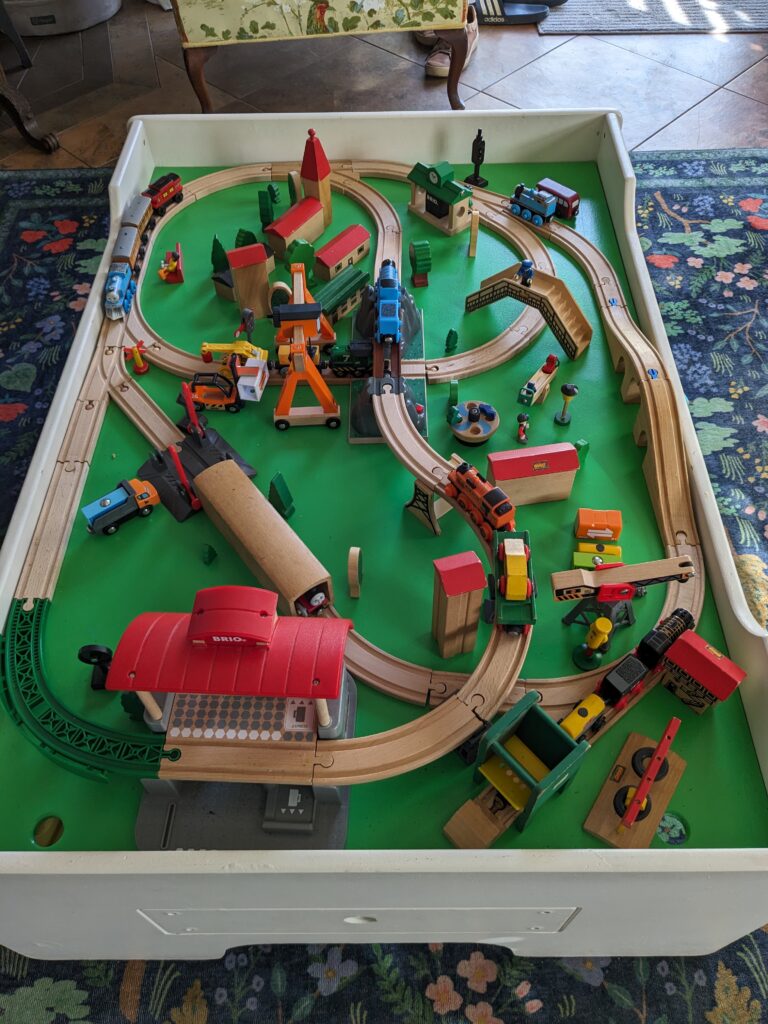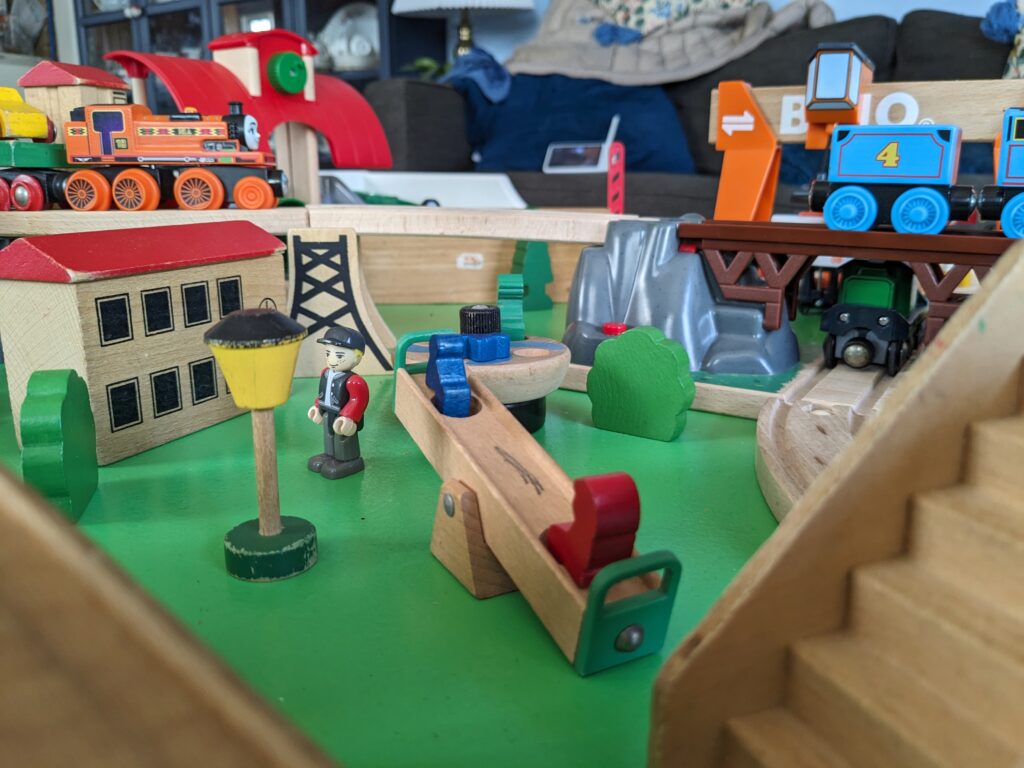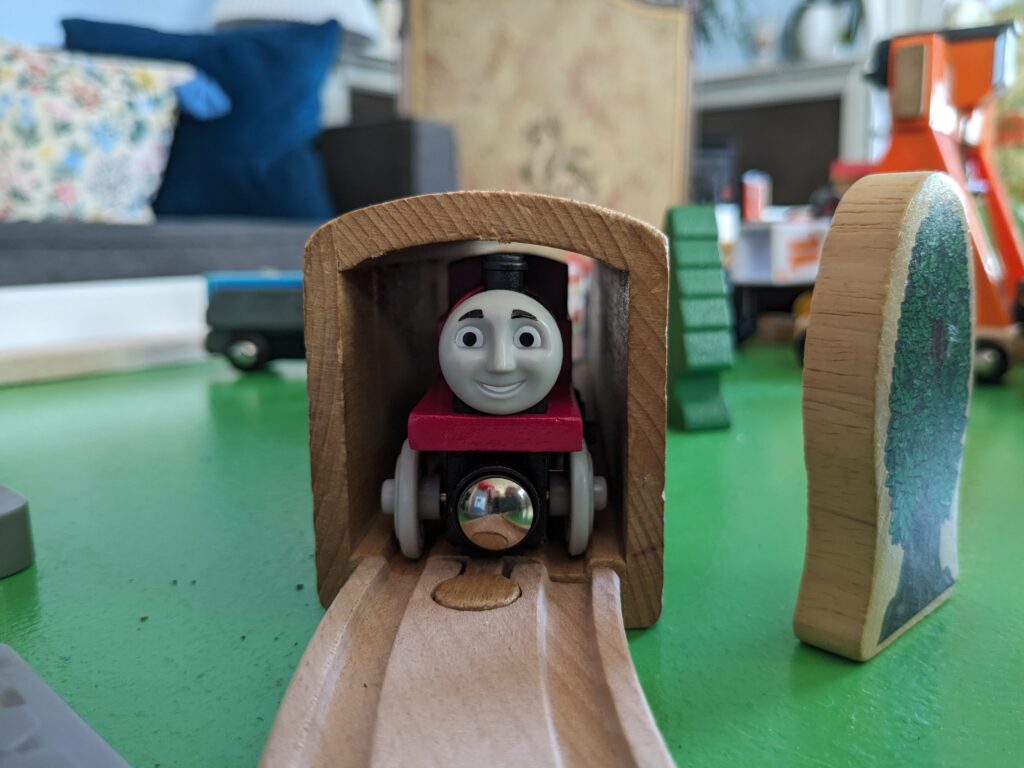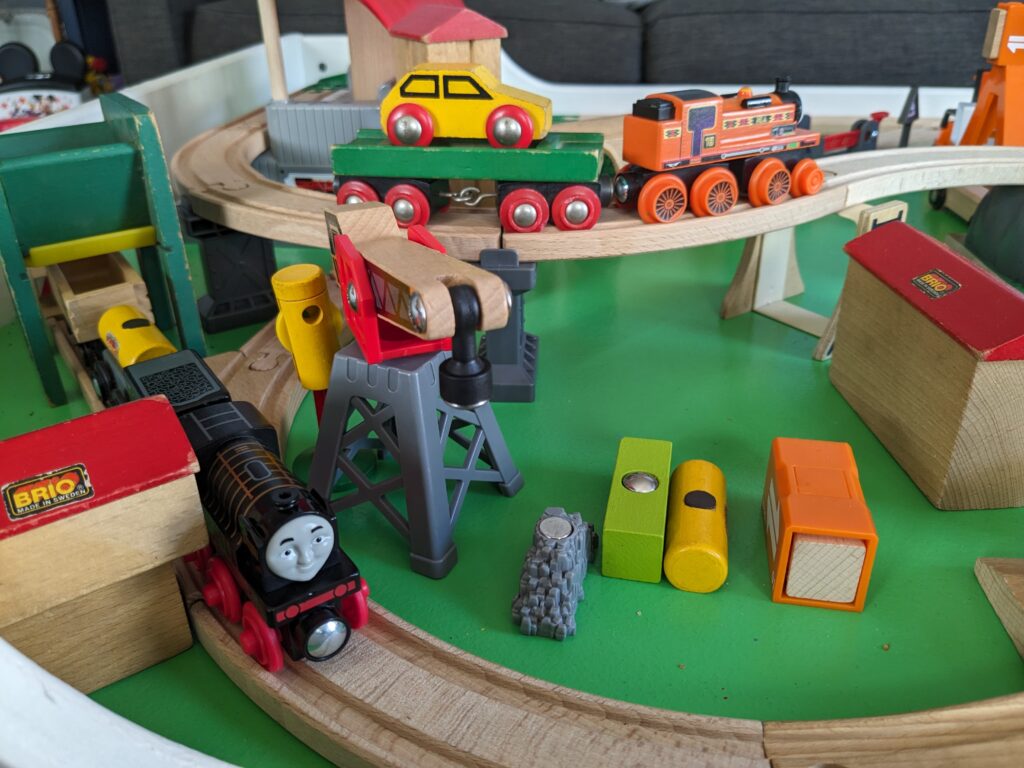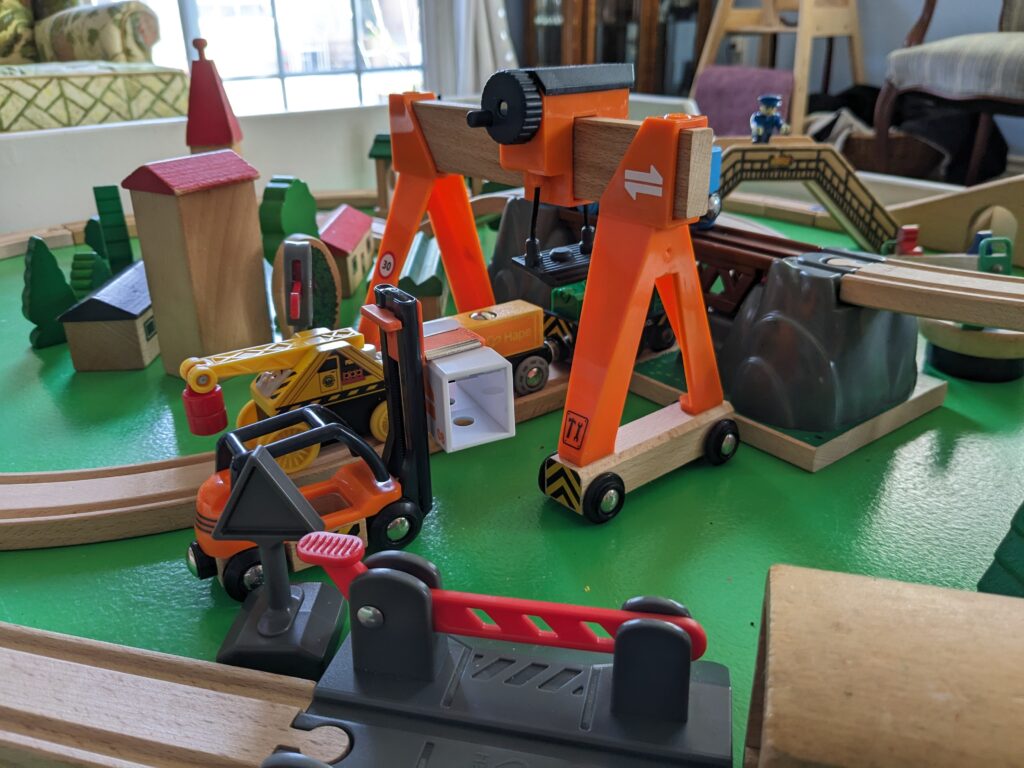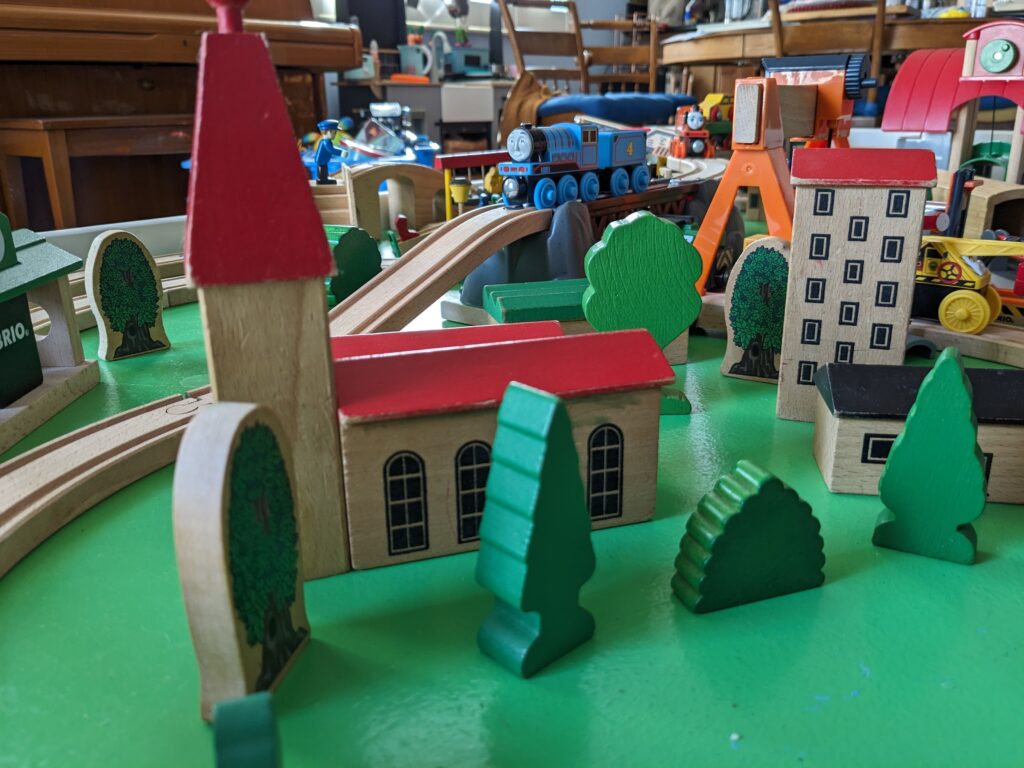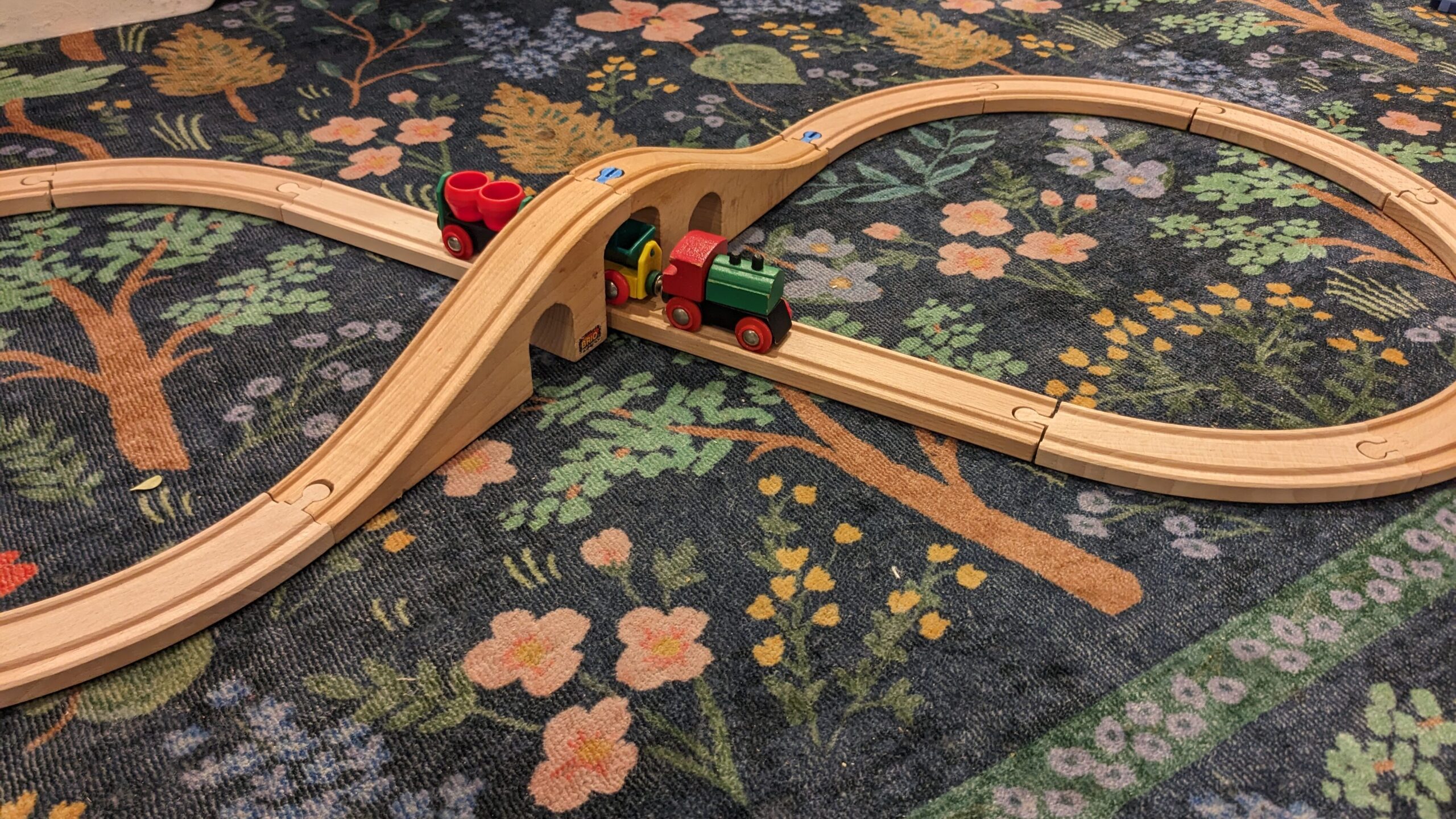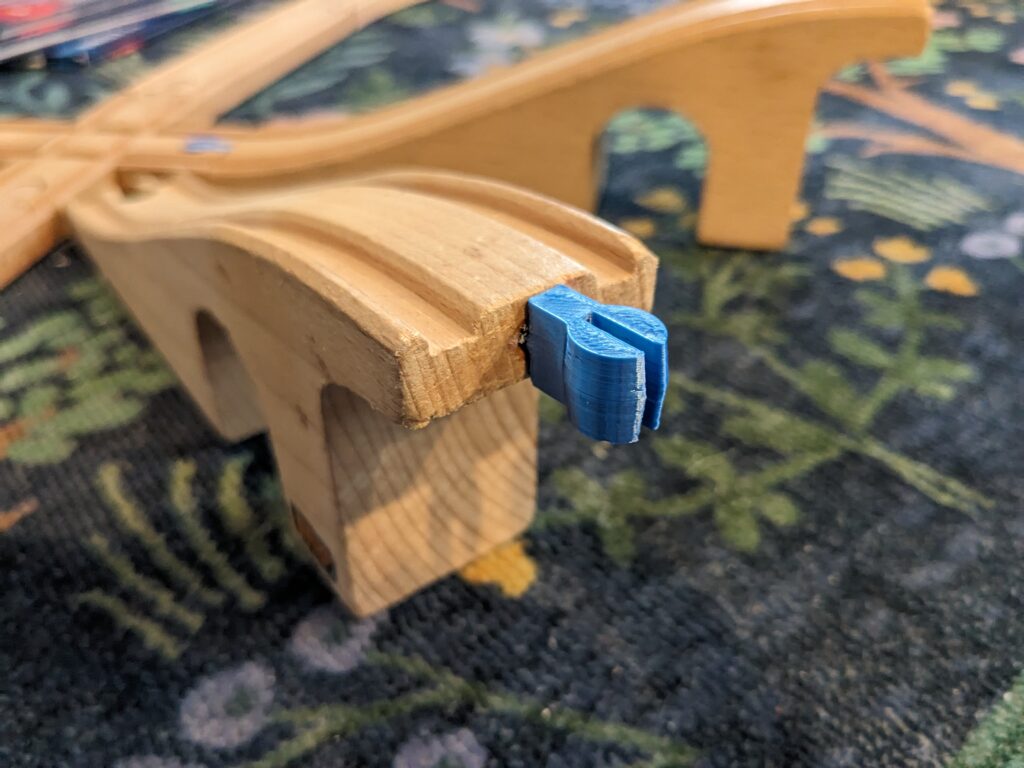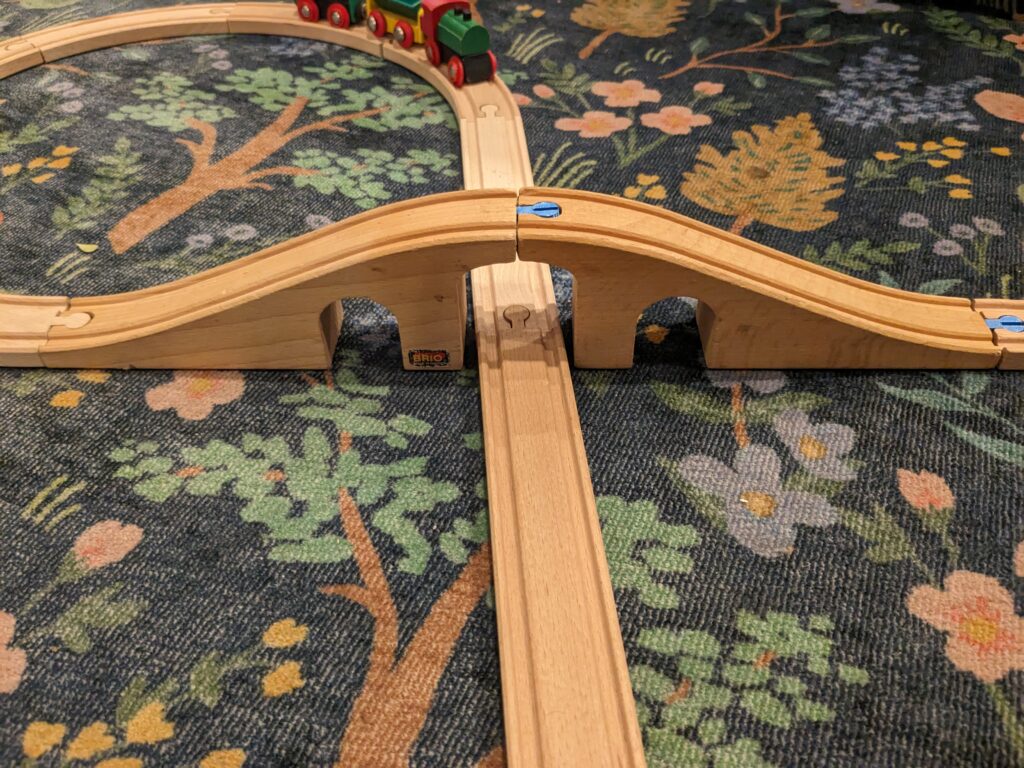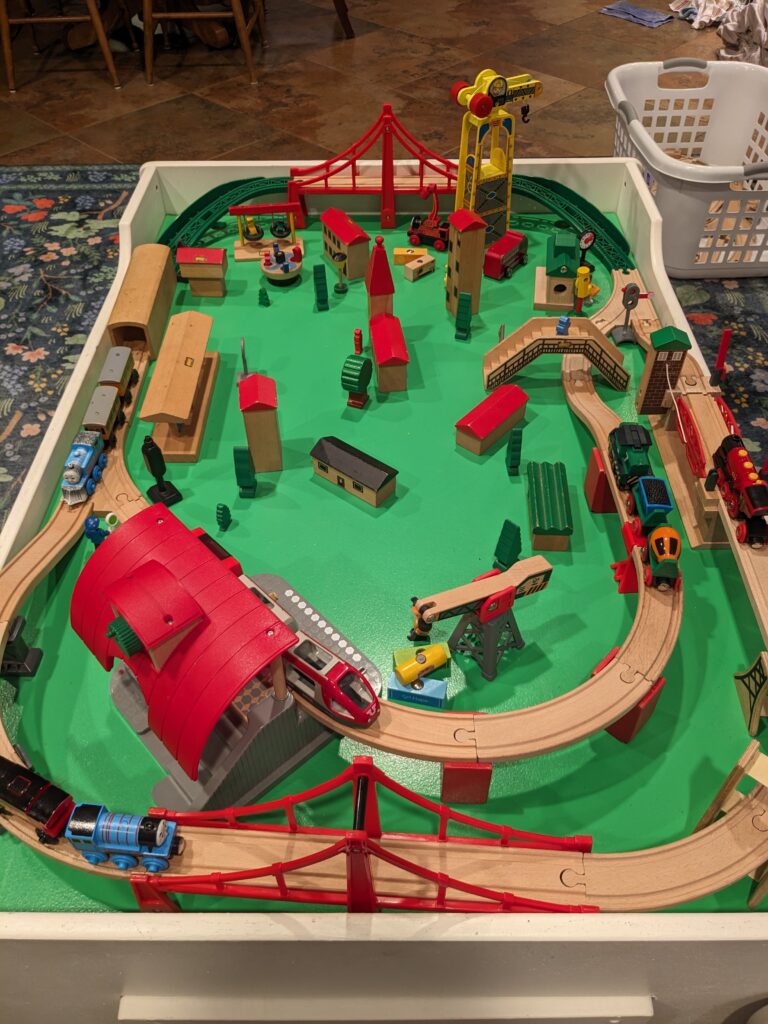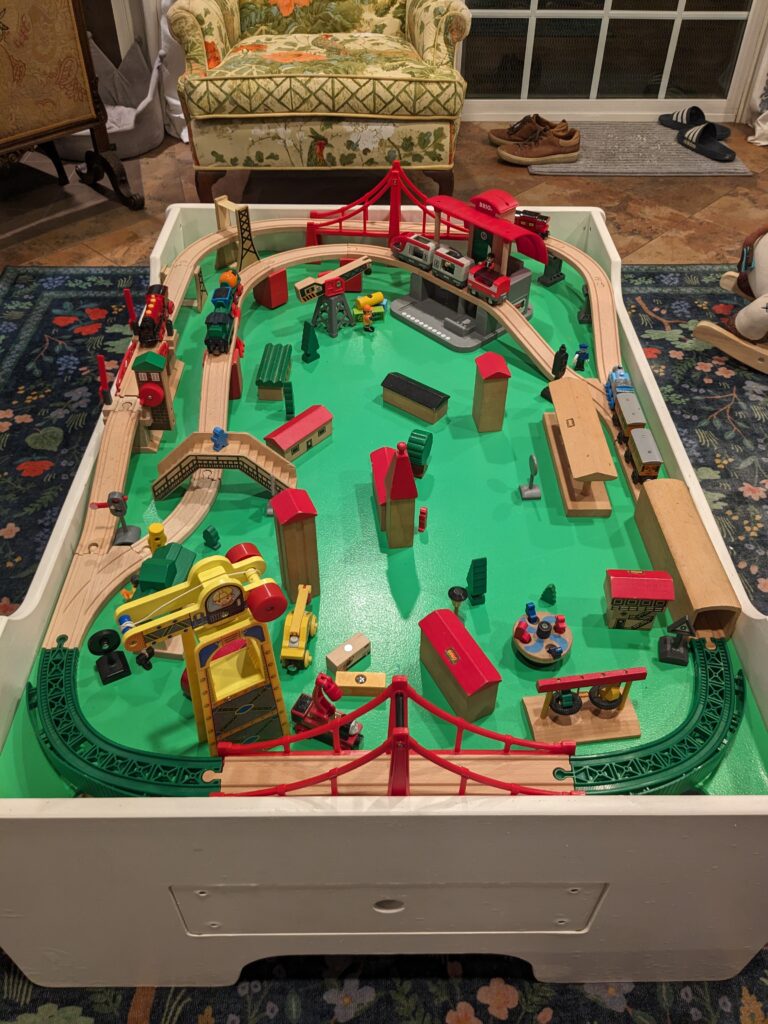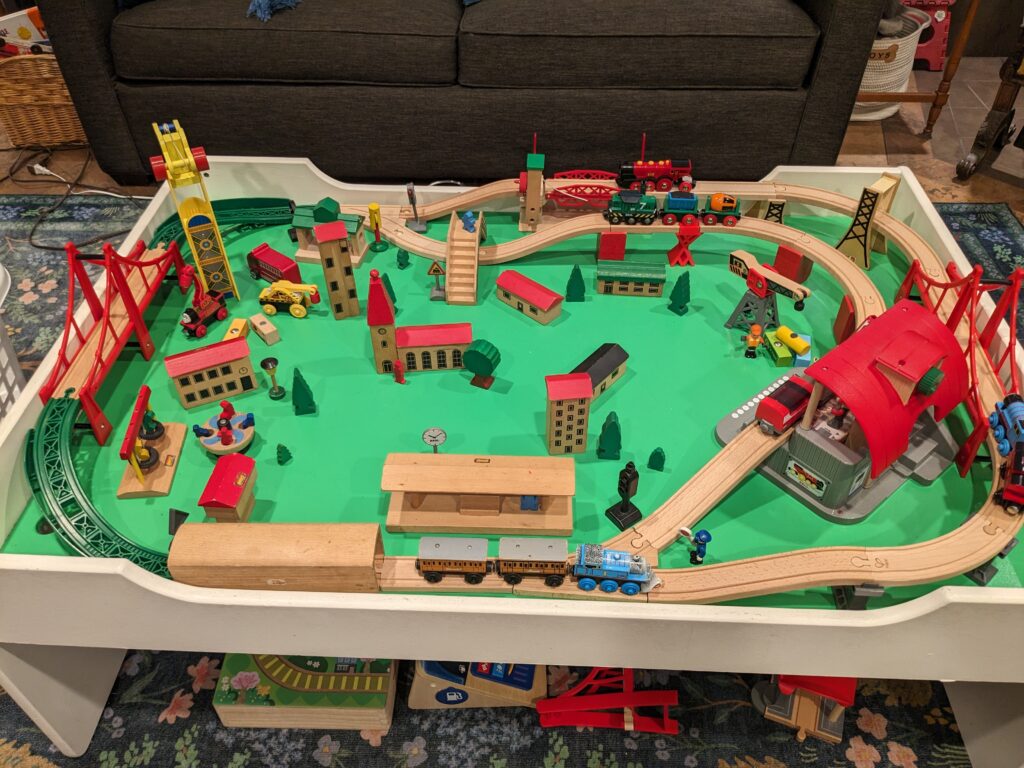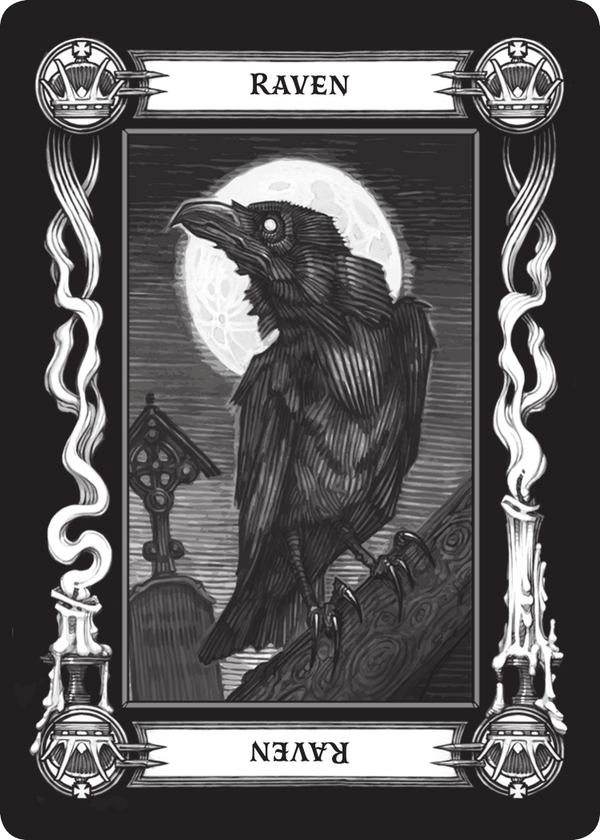I wasn’t part of the hobby for D&D Next, and while I don’t have many (any?) fundamental problems with 5th Edition, a new editions/revamp was inevitable, and I think this will be an exciting time. I’m excited to see the playtest material on D&D Beyond, and while I don’t know that’s I’ll get a lot of table experience with many of the new rules, I’m excited to pour through it all the same.
Overview
+1 on starting feats! Seems like that was a popular houserule (although I never played with it) and maybe means fewer variant humans running around. Or maybe that was just the power gamers I played with.
We have not yet gotten away from capital-R character Race, although background seems to carry more weight than ancestry.
Feels like these rules play well with the half-elf-raise-by-gnomes Fitzworth Tinkertonk Tiddlywink in my first Curse of Strahd party.
Affirms the +2/+1 to any ability score from Tasha’s. Seems like we’re taking much of the designs and “alternative rules” we’ve seen in the last couple books (Tasha’s, Van Richten’s) into the forefront.
They’re saying it’ll remain compatible with 5E— I’m curious if there are any “breaking changes” that are in the works. I can’t think of anything I would want like that at the moment, but if it comes up, hopefully we can decide to drop PHP 5.6 support and make some quality of life decisions that would otherwise be held up by backwards compatibility.
Races
Ardlings. Don’t know a thing about them. Is this a previous-edition port, or something new? Something to investigate. There’s an All Dogs Go to Heaven joke here somewhere. Like a variation of Aasimar, but less “angelic human”, more fantastical in appearance.
Interesting— we have the option to choose a spellcasting ability for Ardlings inherent traits. Curious if this will be the case for any spellcasters from classes, but I assume this is to let one match inherent spellcasting with class abilities rather than potentially having multiple spellcasting abilities at play.
I would be curious to compare some of the races and archetypes from Sword Coast Adventurers Guide (Aarakocra, Goliath, Deep Gnome) side-by-side with Monsters of the Multiverse and these new 2022 UA versions— I know there’s a common take that some of the earliest outsourced D&D books (SCAG, RoT) lacked a certain amount of quality control and polish.
Ooh, Stoneunning is now tremorsense! I like this much better than “you make a great archeologist”.
“When you roll a 1 on the d20 of a d20 Test…”
This is a new term… ability overarching term for attacks, saves, and checks? I guess we’ll find out when i get down to the glossary.
“For every sequestered halfling shire tucked away in some unspoiled corner of the world, there’s a halfling crime syndicate like the Boromar Clan on the world of Eberron or a territorial mob of halflings like those found on the world of Athas.”
This made me laugh.
There is no longer a mechanical difference between stout and lightfoot halflings.
Backgrounds
“Building a background” was always an option of the Player’s Handbook, but much better explained and organized here. It’s almost an aside in the 5E PHB.
“Your character gains 50 GP to spend on starting equipment. The character keeps any unspent GP as spare coin.”
This and each suggested background has some equipment listed. Probably for the best, but now fewer people will have pitons just when they need them, and no one will think to buy a bedroll and tinderbox.
Background features are gone, I always thought those were fun, but most were very situational. First-level feat makes a lot of sense instead.
Feats
“Each Feat has a level. To take a Feat, your level must equal or exceed the Feat’s level.”
I wasn’t expecting that one. Cool to see that these might scale with level then. That was one complaint I had with some feats— they were often great at lower levels, but less applicable as class features expanded.
“Choose one Spell list: Arcane,* Divine,* or Primal.*”
Looks like class lists might be distilled down to three— makes sense, although I like class-specific spells. Those may still end up existing (just be more specific) once we see UA for classes roll out. I could see something like “Paladins are Divine + this short list” or something like that.
Rules Glossary
Oh man, I’m gonna have opinions about this one…
“For a list of Artisan’s Tools, see the 2014 Player’s Handbook, but ignore the prices there; those tools now cost 15 GP apiece.”
Inflation’s hitting everyone these days…
“Creature Type” – One of the past UAs (I think before VRgtR?) floated the idea of multiple creature types. I wish we could go back to the idea of having multiple (i.e. Humanoid, Undead)
“D20 Test”, yep, umbrella term for checks/attacks/saves.
To be warranted, a d20 Test must have a target number no less than 5 and no greater than 30.
Upper and lower bounds. This is new.
Not sure if I’m on board with auto-success/failure of tests yet. I have to think about this one.
Inspiration – Good to see more mechanical ways to get inspiration. It’s something I wished I remembered to do more with as a DM, and more opportunities means players are more likely to use it knowing they can get more.
“Long Rests” I don’t think the rules actually changed, but this reiteratd I was running rests wrong. I used to run three two hour watches, with an hour before and after of “camp setup/breakdown”— but that meant anyone keeping watch only got four hours of sleep. That doesn’t actually work.
“Slowed” Condition is new, right? language is also very specific and designed around specific conflicts of rules, matching past descriptions of difficult terrain. Compare “You must spend 1 extra foot of movement for every foot you move using your Speed” (p. 20) to “An affected target’s speed is halved…” (slow spell, PHB 277), “You move at half speed in difficult terrain— moving 1 foot in difficult terrain costs 2 feet of speed” (difficult terrain during travel, PHB 182), and “Every foot of movement in difficult terrain costs 1 extra foot.”
“Unarmed Strike” – the mechanics are the same, but Grapple and Shove are now forms of Unarmed Strike, instead of “special attack actions”. Interesting.
Spell Lists
As I suspected, we’ll learn more in the future. Also as I expected, previously single-class spells (Druid’s shillelagh, Paladin’s compelled duel or wrathful smite) are included in these cross-class lists. There’s something about the class-specific spell lists I really like, but it’s probably not the hill to die on. Is it going to break the game to have wizards casting arms of Hadar, or rangers with shillelagh? Probably not. We already have a number of “cross-class subclasses” anyway with their extended spell lists (Oath of the Ancients Paladin, Celestial Warlock).
Final Thoughts.
It’s still 5E. We’re probably going to end up calling it 5.5E (stop trying to make One D&D happen, it’s not going to happen). So far I’m not finding a reason to switch to Pathfinder 2. Looking forward to more UA and surveys to come. Can’t wait for the first “playtest adventures”.
